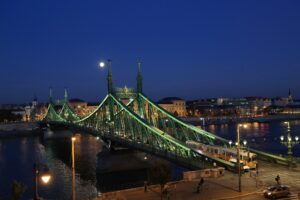Did you have a tough week at the university? Was it an unusually stressful workweek? It’s a well-known fact that there’s no better way to blow off some steam than taking a break from your usual environment. The easy-to-reach Danube Bend awaits you with a wealth of natural and historic wonders as one of the most popular day-trip destinations in the country.

Reachable via train, bus, or boat service under one hour from the city centre, the Danube Bend is a picturesque region north of Budapest, equally recommended for nature lovers as well as those looking for medieval castles and knight tournaments, Baroque architecture, magnificent churches, fun boat trips and cultural attractions. Named after the sharp southward turn of the Danube, the area is characterized by sloping hills, hiking trails, and scenic bike routes, perfect for escaping the daily grind and the hustle and bustle of the big city for a day or two. Here are four must-see highlights to cram into your itinerary!
Esztergom Basilica
Hungary’s largest church was consecrated in 1856 with a concert composed and conducted by the famous Franz Liszt. It is thought that the country’s first Christian king, St. Stephen was crowned in this place on Christmas Day, 1000. Built in Classicist style over the ruins of the medieval Saint Adalbert Cathedral, the imposing building stands atop a steep cliff, high above the gently flowing Danube, standing guard over the border between Slovakia and Hungary.
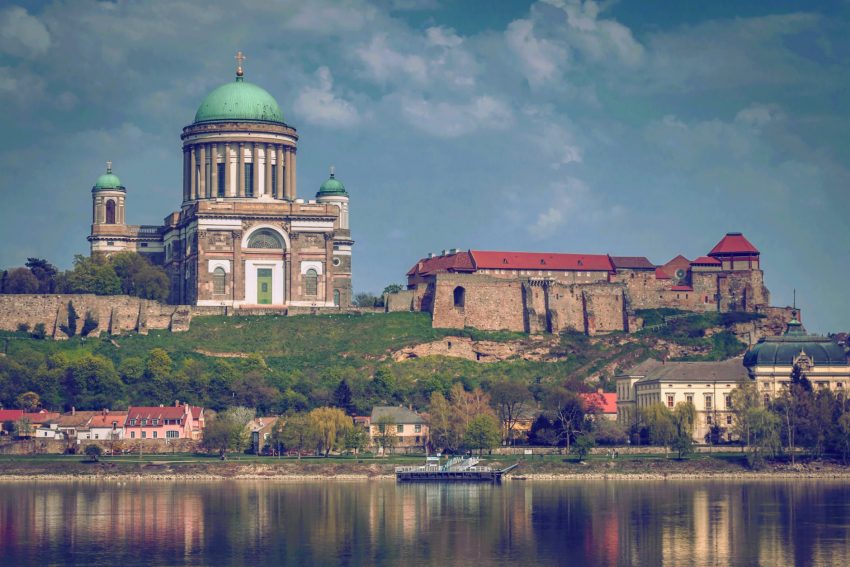
The Basilica contains the only intactly surviving Hungarian Renaissance building: dating from the beginning of the 16th century, the beautiful Bakócz-chapel was first cut into 1600 pieces, then moved 20 metres away from its original location and reconstructed as a side chapel inside the new church. The sanctuary’s altarpiece, depicting the Assumption of Mary, is the world’s largest single-canvas painting at 13×6.5 metres. Make sure that you climb the 400 steps leading to the dome’s panoramic lookout terrace to get a breathtaking view of the surrounding region.
Visegrád Citadel
Overlooking the sharp river bend of Europe’s largest waterway from a height of 333 metres, the commanding citadel of Visegrád offers awe-inspiring vistas to the Danube Bend. However, it is only one part of the Visegrád castle system: it also comprises of a monumental residential tower and a lower castle (the Royal Palace, a unique blend of late Gothic and Italian Renaissance architecture), the latter of which gives place to one of the largest medieval summer festivals in Europe, the International Palace Games of Visegrád (to be held between 12 and 14 July).
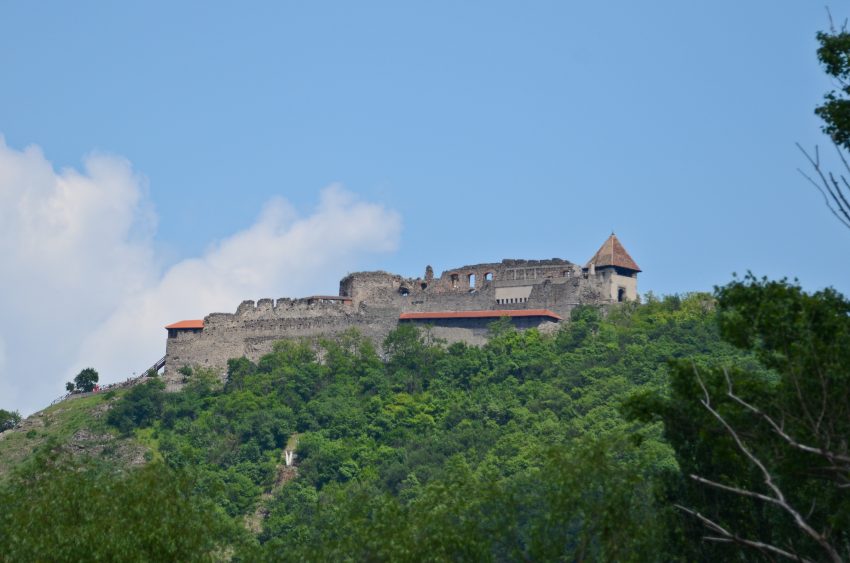
The construction of the castle complex began after the Mongol invasion in the 13th century under the reign of Béla IV, but it was King Charles Robert who moved the royal court from Székesfehérvár to Visegrád in 1325. Later on Sigismund of Luxembourg and King Matthias also made improvements on the buildings: Bartolomeo de Maraschi, sent to the court of Matthias as a Papal legate, described the Royal Palace as “paradise on Earth” in his letters.
Szentendre
Located a 40-minute train ride away from Budapest’s Batthyány square, Szentendre is a charming little town right by the bank of the Danube, offering terraced restaurants, colourful Baroque houses, a multitude of art galleries and handicraft shops, church towers of various shapes and sizes, cafés and confectioneries, cobblestoned streets and narrow alleyways, and an authentic Mediterranean atmosphere – courtesy of the Serbian settlers who flocked to the area at the end of the 14th century, then revived the deserted town in another wave in the 1700s.
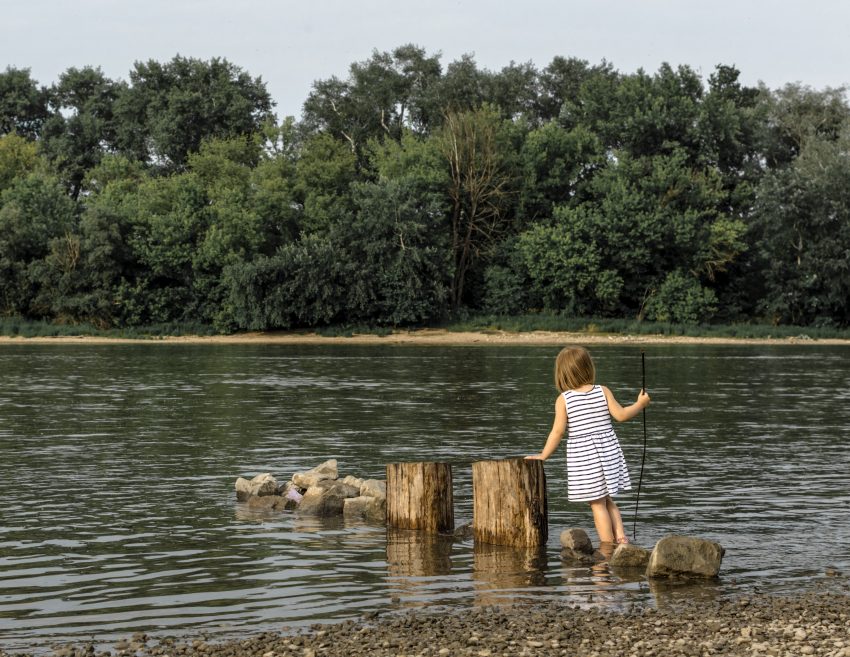
The most popular attraction of the Danubian town is the Szentendre Skanzen, an open-air ethnography museum that showcases the vernacular architecture, husbanding, and traditional way of life of eight different Hungarian regional units on 60 hectares, complete with furnishings, livestock, and farming equipment. Spending an afternoon at the Szentendre Skanzen is a great way to experience the authentic rural life of past centuries. Pick up a few useful skills by participating in interactive workshops, while children are welcome to enjoy puppet-shows, playhouses, and classic tales.
Prédikálószék
Found about 42 kilometres upriver from Budapest, with a height of 639 metres, Prédikálószék is one of the highest peaks of the rolling Visegrád Hills. By climbing the 12-metres tall, three-storey lookout tower, you’ll be met with a heart-stopping panorama of the Danube Bend, the Börzsöny mountains, and the Visegrád Citadel. First, however, you have a 3-hour hike to surmount.
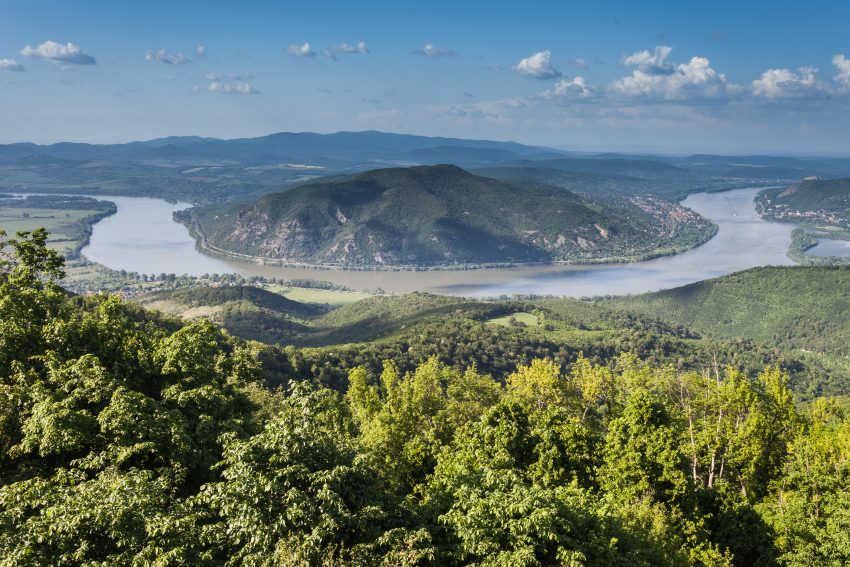
The moderately difficult trek starts in Dömös, which is accessible by buses leaving from the Újpest-Városkapu station of metro line M3. Before you start your hike from Dömös, make sure to check out the ruins of the medieval provostship, whose Romanesque crypt is one of the oldest in the country. As the peak boasts a number of picnic benches and a campfire spot, hiking to Prédikálószék with your friends or family is a perfect weekend programme!
Sponsored content. Commissioned by the Hungarian Tourism Agency. Start your journey now, and let every path take you to a new wonder. For more inspiration head on to wowhungary.com.


 Funzine
Funzine